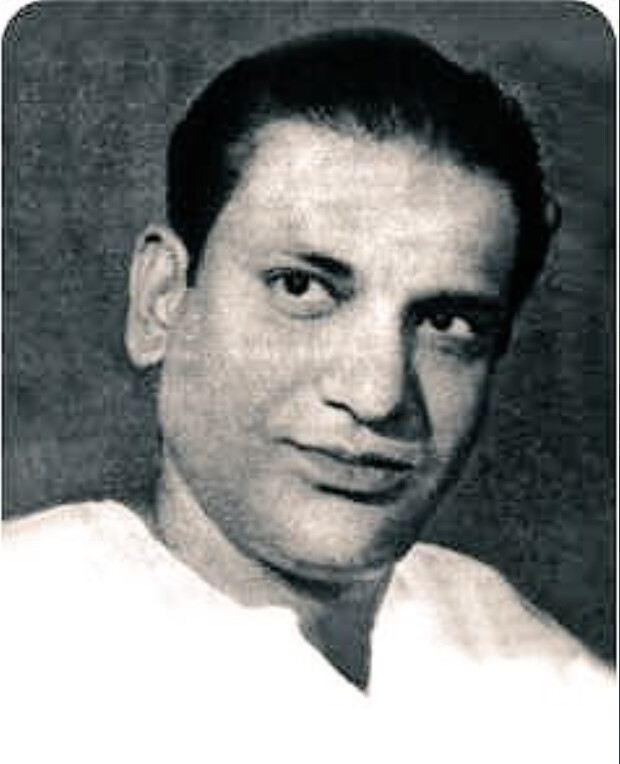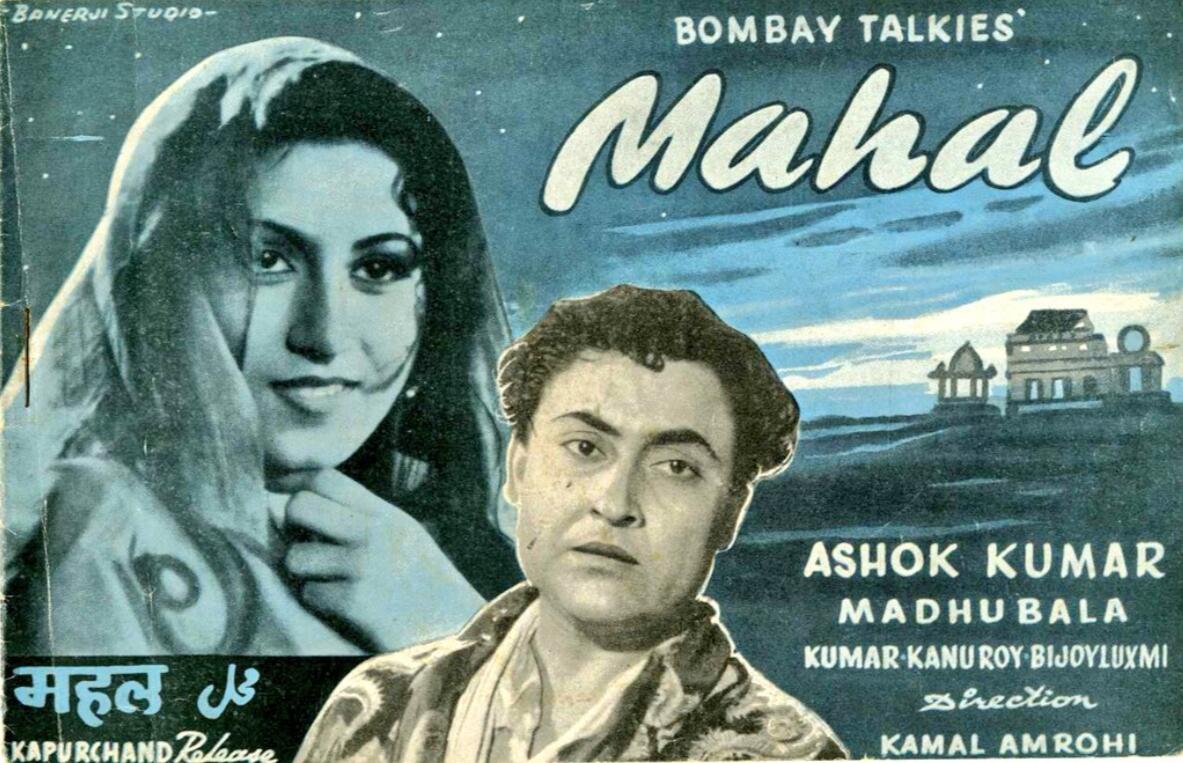Barely a year after India’s Independence, the iconic Bombay Talkies Studios released a film called Ziddi (1948), which gave the legendary actor Dev Anand his first big break in the Hindi Film Industry. More importantly for aficionados of Hindi film music, Ziddi also launched arguably the two most famous names associated with it — Kishore Kumar and Lata Mangeshkar. There is a famous story of how Mangeshkar thought she was being stalked by Kumar while they were on their way to the studio to record their first-ever duet, ‘Ye Kaun Aaya Re’, only to realise later that they were called there at the same time. The film also saw Kumar’s debut with his solo track, ‘Marne Ki Duayen Kyon Mangu’. What’s often missed in this story is the prodigiously gifted music director who brought the two together — Khemchand Prakash.

In addition to launching these legends of Hindi film music, Prakash mentored quite literally the who’s who of the scene including Naushad, Manna Dey, Mukesh and Mohammed Rafi, besides working top stars of the day like KL Saigal, Ashok Kumar, Kamini Kaushal, Shamshad Begum and Noorjehan to name a few.

It’s a tragedy that Hindi film music industry lost him to liver cirrhosis at the age of 41 on 10 August 1949, which was two months before the release of Mahal starring Ashoke Kumar and Madhubala. Sadly, the film industry did little to honour his memory. In a Rajya Sabha speech, where he argued for amendments to the Copyright Bill 2010, lyricist and poet Javed Akhtar spoke of how Prakash’s wife was found begging at Malad station in Mumbai even though she was owed royalties from the superhit song ‘Aayega Aanewala’ featured in Mahal.
A Prodigious Talent
Born on 12 December 1907 in Jaipur, Prakash grew up in a household replete with culture. His father, Pandit Goverdhan Prasad, was a well known exponent of the Dhrupad style of Hindustani classical music and a Kathak dancer.
As a child, Prakash was considered a singer with prodigious talent, performing in the royal courts of Rajasthan before the then King of Nepal became his patron. During one of his performances in his late teens, the King of Nepal was so enamoured by his style of singing that he took him to Nepal. For the next seven years, Prakash spent his time performing at the royal court there before taking his talents to Calcutta to pursue a career as a music director. However, his early life as an independent music director was rife with challenges and money was hard to come by.
Despite his association with the Calcutta (Kolkata) station of the All India Radio, it was only in 1935 when Timir Baran, the music director of the first Devdas film (1935), gave a talented Prakash his first break as an assistant music director. According to some accounts, Prakash composed two classic compositions from the film—‘Dukh ke din ab’ and ‘Baalam aan baso’—but received no credit for them. However, Prakash was not happy in Calcutta (Kolkata), where he thought his talents weren’t receiving proper remuneration or importance. On the advice of actor and friend Prithviraj Kappor, he moved to Bombay (Mumbai) and it was a decision that changed his life.
Bombay Calling
In Bombay, Prakash got his first big break as an independent music director with the film Ghazi Salauudin (1939) released by Supreme Pictures. Assisting him on this project was a young Naushad sa’ab, who spoke of how Prakash’s use of classical Hindustani music ragas and his impeccable sense of rhythm, which came from his training as a classical Kathak dancer, influenced his own career moving forward.
Both these elements came to the fore in Tansen (1943), a landmark musical starring KL Saigal and Khursheed Bano, and featuring 13 hit songs including the iconic ‘Jagmag jagmag diya jalao’ and ‘Barso re kare badarwa piya par barso’. Tansen quite literally paved the way for other musicals that followed in the Hindi Film Industry.
“Prakash who influenced the history of film music used classical ragas to perfection, bringing to the songs of ‘Tansen’ a melodic grandeur that was his trademark. He employed a small orchestra but paid much greater attention to the words of a lyric and the singer’s diction,” Pran Neville noted in an article for The Hindu in August 2018.
There is no questioning his unparalleled contribution. In barely a decade, he worked on close to 40 films and was immensely successful.

“Towards the end, he was working on three films and it is believed that Manna Dey who was closely working with the music director then eventually found a way to complete the films,” noted this profile in Sahapedia. But his early demise presents one of the greatest ‘what ifs’ of the Hindi music film industry. We can only speculate how he would have gone on to shape Bollywood music, if he lived longer. Prakash, in this writer’s opinion, should definitely be considered a titan.
(Edited by Yoshita Rao)
No comments:
Post a Comment